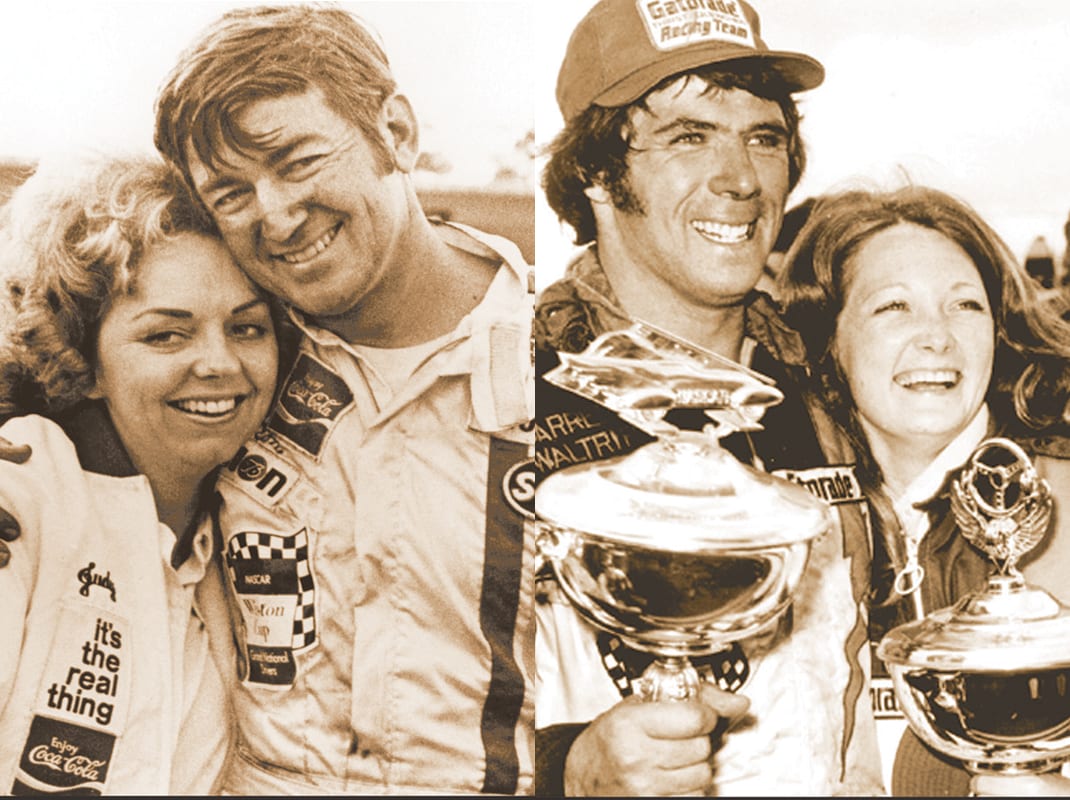Throughout each of the three seasons, strong accusations were exchanged and often played themselves out in the press. Sharp words and occasional on-track skirmishes kept fans on the edge of their seats.
Some 20 years after their trio of championship years, Allison continues to have questions about what really went on behind the scenes at some of the races.
“During those years, Darrell and I tolerated each other,” Allison said. “I openly resented Darrell because of some tactics seen in the garage area and on the track that I thought were wrong. There were times he would catch me in a tight spot and bent the car up by putting me up against the wall. There were times when I got into him. We were extremely competitive race car drivers who wanted to win as much as possible throughout our careers.”
By the end of the 1982 season, Allison had grown tired of falling short of his championship goals. He had come close so many times but for years couldn’t take NASCAR’s top prize.
“To lose the championship to Darrell for the second year in a row in 1982 really broke my heart,” Allison said. “We had been ahead all year long but by the end of the season we lost it. Between our own mistakes and some unfair handling of some situations, we lost the advantage we had all year long.

“To finally win the championship in 1983 was an incredible accomplishment. I knew going into the season we had the best team and we had the best effort and had to figure out what they were doing and try to counter that. We wanted to make sure Darrell wasn’t in a position to capitalize here or capitalize there. To be honest, by comparison, we weren’t as good in 1983, the year we won the championship, as we were in 1982.”
Looking back, Waltrip reasons that their intensity came in part from the team histories that preceded them. Both teams at times suffered through deeply divided opinions that took away their momentum.
“In 1981 when I went to drive for Junior, Bobby didn’t like Junior and Junior didn’t like Bobby, even though they had a lot of success together,” Waltrip said. “But they fell out and Bobby left Junior’s not in good standing. It became a real rivalry. In 1982 Bobby was driving for DiGard, the team I left, and I was driving for Junior, a team he had been with years earlier. I didn’t like driving for the Gardners and Bobby didn’t like driving for Junior, so it was a natural rivalry that developed.
“It became very obvious right from the get-go that we had it in for each other,” Waltrip continued. “It wasn’t really personal to start with. It was more professional. He wanted to beat me and I wanted to beat him. So we were really competitive guys driving for rival teams that caused us to be rivals. Truth be told, that’s kind of how it went.”
Waltrip also feels that a deep-seeded desire to be in charge at times hurt each of their careers. It also proved that from a competition standpoint, they were very much alike.
“Bobby wanted to do the same things I wanted to do, such as running his own team. He loved to be his own boss,” Waltrip said. “He wanted to run his own deal (and did for many seasons) but that was one of his biggest faults. That’s why he didn’t get along with Junior and why he didn’t get along with a lot of people that he drove for because he wanted to call all the shots. Quite honestly, I was the same way. I wanted to be my own boss and have my own car and team.
“It’s unfortunate that competition between two very competitive guys can drive you apart. I was outspoken and didn’t mind voicing my opinion when I wasn’t happy and got myself in a lot of trouble at times for doing that. Bobby was a little bit the same way. He didn’t hold back. I think it was the clash of two people who had the very same personalities. When we bumped heads, we bumped heads hard.”
